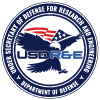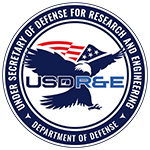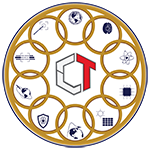
CRITICAL TECHNOLOGIES (ASD(CT))

CRITICAL TECHNOLOGIES (ASD(CT))
"Technology Vision for an Era of Competition"
The Office of the Deputy Chief Technology Officer for Critical Technologies (ASD(CT)) was formed by the 2022 and 2019 National Defense Strategy and established to advance the Critical Technologies Portfolio.
Mr. Maynard Holliday is the Deputy Chief Technology Officer for Critical Technologies (ASD(CT)). In this capacity, he oversees investment and capability analysis of the Pentagon's critical technology areas. He has oversight of 11 principal directors assigned to those critical technology portfolios and their roadmaps - the comprehensive strategies to manage, provide oversight and guide choices for each critical technology area.
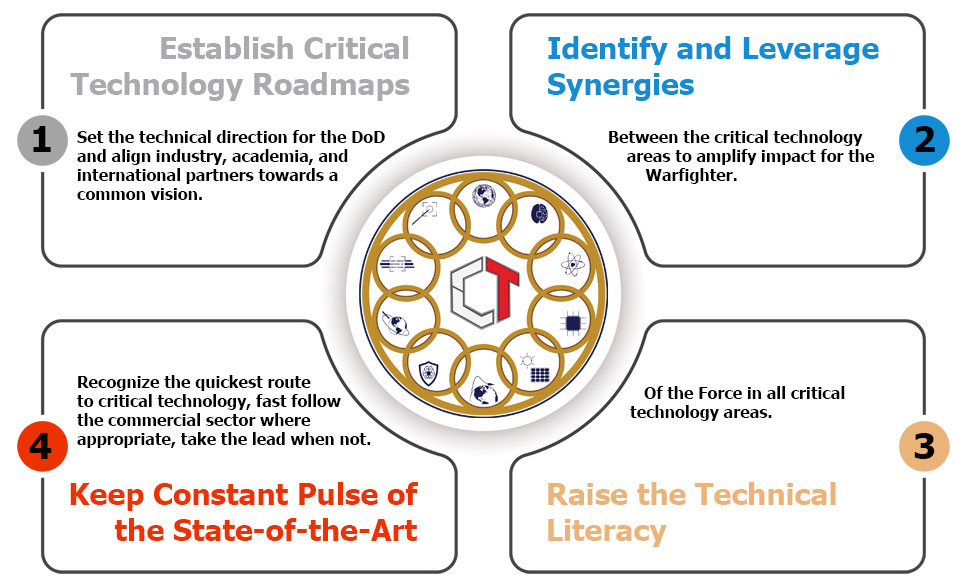
Establish Critical Technology Roadmaps
Set the technical direction for the DoD and align industry, academia, and international partners towards a common vision.
Identify and Leverage Synergies
Between the critical technology areas to amplify impact for the Warfighter.
Keep Constant Pulse of the State-of-the-Art
Recognize the quickest route to critical technology, fast follow the commercial sector where appropriate, take the lead when not.
Raise the Technical Literacy
Of the Force in all critical technology areas.
ENABLING TECHNOLOGY
Advanced Computing and Software
Includes supercomputing, cloud computing, data storage, computing architectures, and data processing. The speed at which software develops outpaces DoD's ability to stay up to date. We must rapidly modernize legacy software systems with resilient, affordable, and assured new software that has been designed, developed, and tested using processes that establish confidence in its performance.
Human-Machine Interfaces
Rapid advancements in this technology will have a multitude of benefits for our Service members. Highly immersive, realistic training environments provide real-time feedback to enhance Warfighter performance. Intuitive, interactive, human-machine interfaces enable rapid mission planning and mission command by providing a common operational picture to geographically distributed operations.
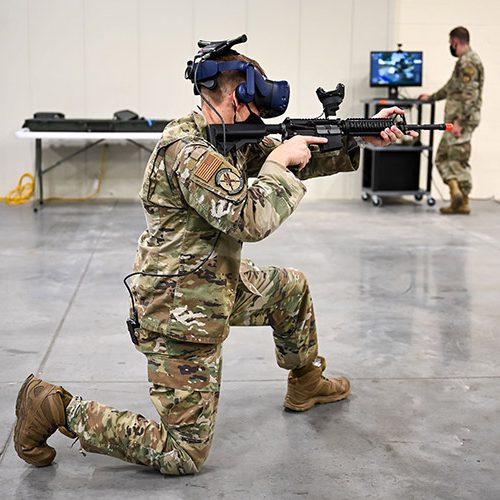
Integrated Network System of Systems
An interoperable network that leverages emerging capabilities across the electromagnetic spectrum such as 5G, software defined networking and radios, and modern information exchange techniques will allow us to better integrate many diverse mission systems and provide fully networked command, control, and communication that is capable, resilient, and secure.
Microelectronics
Diminishing microelectronics manufacturing in the U.S. and supply chain concerns have highlighted national economic and security risks. Working closely with industry, academia, and across the Government, we are addressing the need for secure microelectronics sources and will leverage state-of-the-art commercial development and production for defense microelectronic solutions.
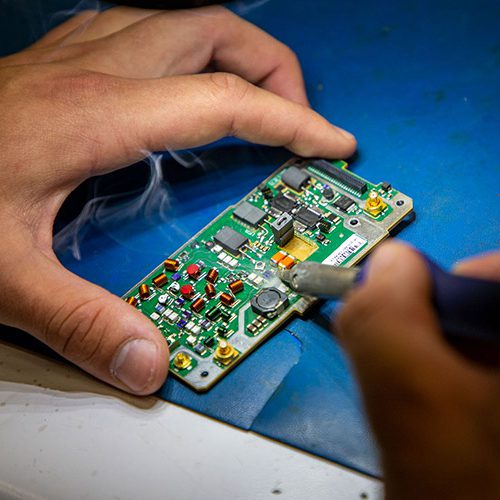
Renewable Energy Generation and Storage
Renewable energy generation and storage promises to decrease Warfighter vulnerability and deliver new operational capabilities for the Department. From more efficient batteries to diversifying energy sources and reduced fuel transportation risks, renewable energy generation and storage will add resilience and flexibility in a contested logistics environment.
Space Technology
Our space strategy must shift away from exquisite satellites to a more robust and proliferated architecture. Novel space technologies are necessary to enable resilient cross-domain operations. The space strategy must incorporate technologies that enhance our adaptive and reconfigurable capabilities in space situational awareness, space control, communication path diversity, on-orbit processing, and autonomy.
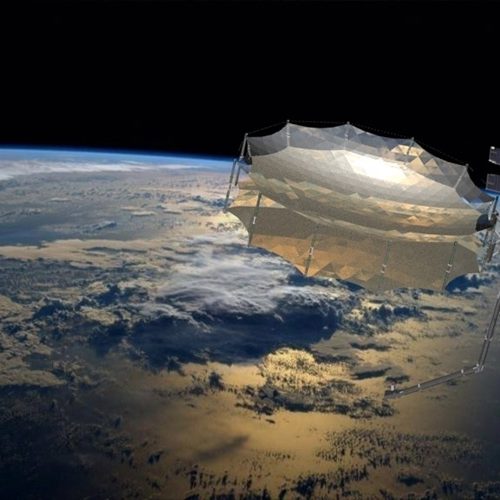
Trusted Artificial Intelligence and Autonomy
Machine learning is an engineering subfield of AI that software models using example data, simulations, or real-world experiences rather than by direct programming of coding. Autonomy is the engineering discipline that expands robots' abilities to perform tasks while limiting the need for human interaction. Trusted AI with trusted autonomous systems are imperative to dominate future conflicts.
APPLIED TECHNOLOGY
Directed Energy
Directed Energy systems will allow us to counter a wide variety of current and emerging threats with rapid responses and engagement at the speed of light. High-power lasers and high-power microwave technologies offer new ways to counter diverse sets of threats.
Hypersonics
While strategic competitors are pursuing and rapidly fielding advanced hypersonic missiles, the DoD will develop leap-ahead and cost-effective technologies for our air, land, and sea operational forces.
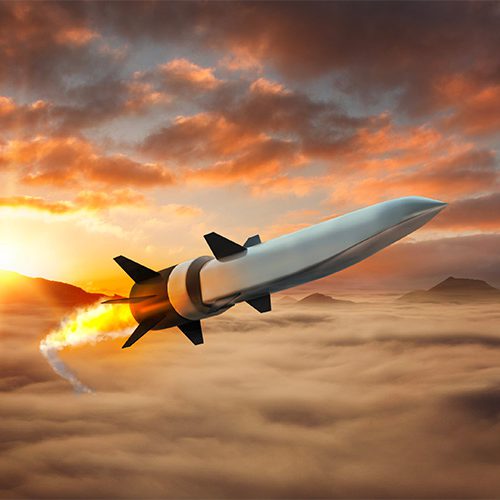
Integrated Sensing and Cyber
To provide advantage for the joint force highly contested environments, we must develop wideband sensors to operate at the intersection of cyberspace, electronic warfare, radar, and communications. Sensors must be able to counter advanced threats and can no longer be stove-piped and single function.
Office of the Under Secretary of Defense,
Research and Engineering (OUSD(R&E))
3030 Defense Pentagon, Washington, DC 20301-3030
Contact Us
Contact Us
Information for the USD(R&E):
Contact OUSD(R&E) Staff
Social Media: @DoDCTO on Twitter
For website issues: Contact Webmaster
